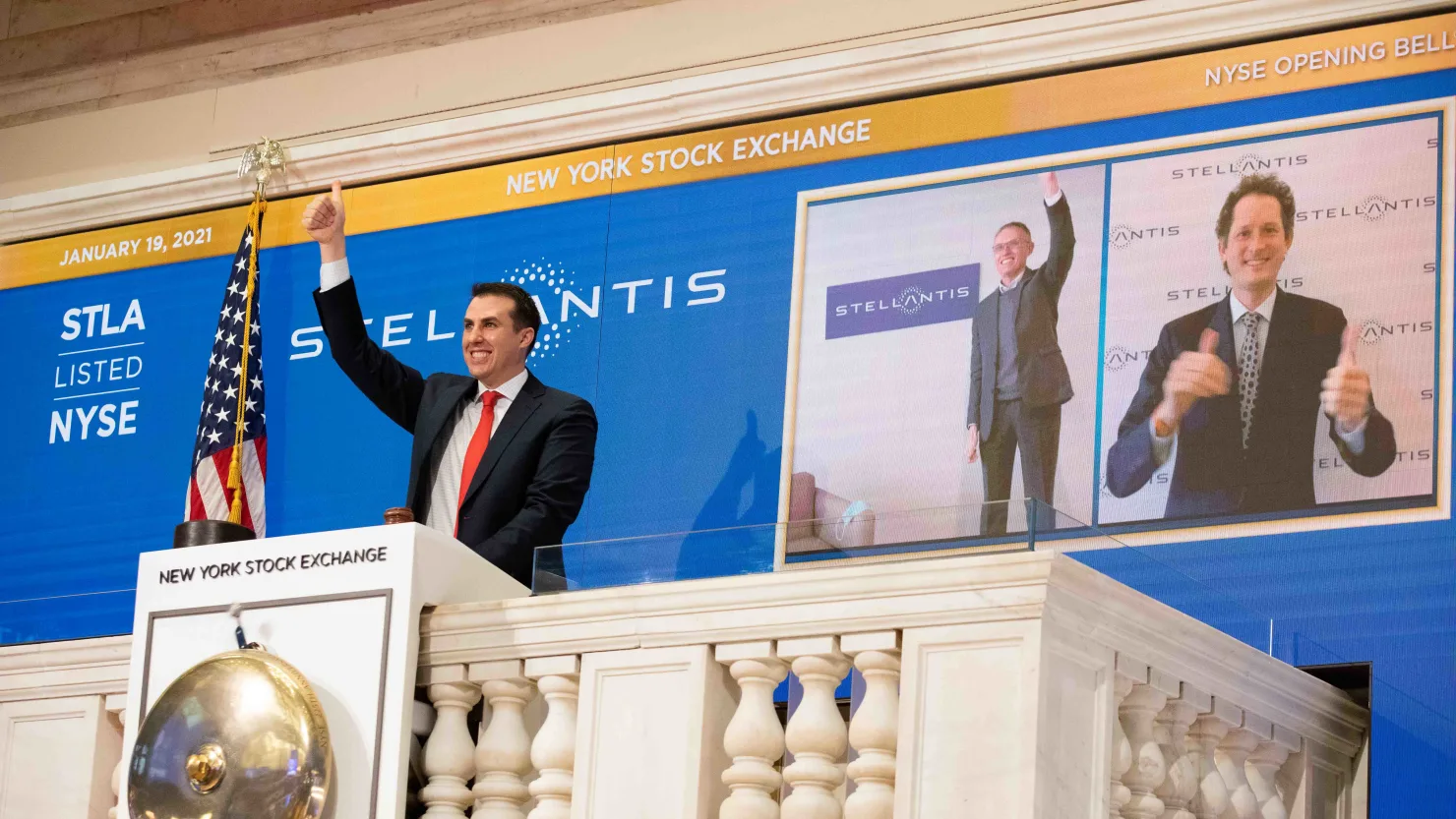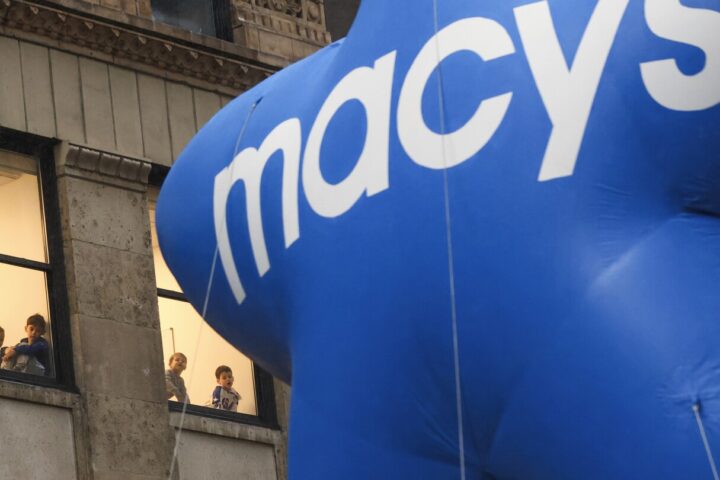DETROIT — Carlos Tavares, the former CEO of Stellantis, has stepped down following mounting criticism over his management style and strategic decisions, particularly in the U.S. market. His departure marks the culmination of a tumultuous tenure marked by internal conflicts and significant challenges.
Sources within the company described Tavares, 66, as a highly driven leader with a relentless focus on cost-cutting and profitability. However, they cited his unwillingness to adapt to the nuances of the U.S. market and listen to local executives as major shortcomings. His leadership approach, centered on the ambitious “Dare Forward 2030” plan, emphasized double-digit profit margins and a rapid shift to electric vehicles (EVs), often at the expense of market-specific considerations and stakeholder relationships.
Challenges in the U.S. Market
Stellantis’ U.S. operations have faced numerous setbacks, including delays in new product launches, the discontinuation of popular models like the Jeep Cherokee and Dodge Charger without immediate replacements, and strained relationships with suppliers, unions, and dealers. These issues contributed to a significant drop in the company’s U.S.-traded shares, which fell 43% in 2024 alone, underperforming competitors General Motors and Ford.
Tavares’ insistence on aggressive cost reductions led to decisions such as scaling back support for new product development, outsourcing engineering work, and eliminating the iconic V-8 Hemi engines despite strong internal opposition. Critics within the company argued that such measures alienated core customer bases and diminished product competitiveness.
Cultural Clashes and Leadership Style
Tavares, who primarily operated from Europe, drew criticism for what some perceived as arrogance and a disconnect from the U.S. workforce. His brief visits to North America, framed as efforts to address issues, were viewed by some employees as dismissive of their ongoing challenges. Meanwhile, U.S. executives reported late-night meetings and a sense of intellectual superiority from the CEO, further exacerbating tensions.
“His approach often sidelined U.S. perspectives, making it difficult to address local market needs,” a former executive noted. Efforts to prioritize gas-powered models before EV rollouts were reportedly dismissed, leading to a misalignment with customer preferences.
Board Decision and Succession Plans
On December 1, Stellantis announced Tavares’ resignation, citing “different views” with the board. French media later reported that his departure was a negotiated resignation following the board’s decision to terminate his tenure. John Elkann, Stellantis’ chairman, is leading an interim executive committee until a successor is named, expected in the first half of 2025.
Tavares had previously been hailed as a turnaround specialist, known for revitalizing PSA Groupe and GM’s Opel operations. However, his focus on cost-cutting and synergies ultimately contributed to his downfall at Stellantis.
Moving Forward
Stellantis executives acknowledged the need to rebuild trust with key stakeholders and recalibrate strategies for long-term success. “The management team is committed to addressing these issues, but it will take time,” said CFO Doug Ostermann during a recent investor conference.
As Stellantis transitions under interim leadership, the company faces ongoing challenges, including litigation with the United Auto Workers union and disputes with suppliers. The new leadership will need to navigate these complexities while aligning the company’s strategy with market realities and stakeholder expectations.
Tavares’ departure underscores the high stakes and challenges of leading a global automaker in an evolving industry.










